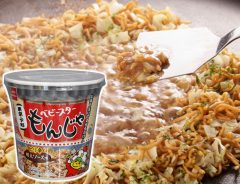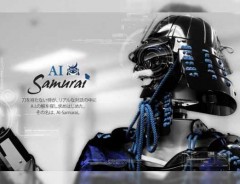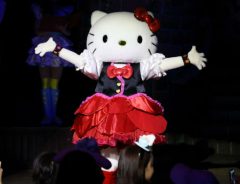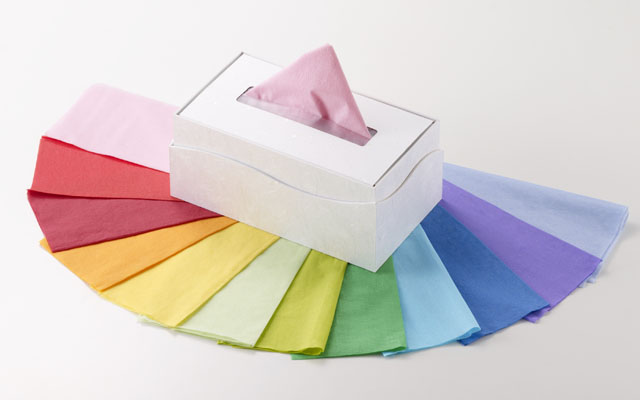Related Article
-

Baby Star Ramen instant spicy monjayaki released in Japan
-

Baby Covered In Rice Tries Really Hard Not To Fall Asleep In Front Of Angry Dad
-

Japan’s Samurai Robot: It Was Bound To Happen Sooner Or Later
-

Japanese Student Translates Trump Tweets For English Practice, Learns The Best Words
-

Fans Vote Hello Kitty the Most ‘Kawaii’ Sanrio Character for 2019
-

Japanese Fans Aren’t Too Happy About A Reporter Asking Naomi Osaka To Answer In Japanese



One box of tissues in Japan costs about 50 yen (0.44 USD), but there are some people who pay 10,000 yen (88 USD) for one of the same size, which is the around the same price you would pay if you wanted to buy 16,000 normal boxes of tissue. In fact, of the 80 or so boxes of these super expensive Jūnihitoe Tissues that are made every month, most, if not all, quickly get sold to many eager customers.
But we would need someone to double our paychecks before we even consider dishing out 90 bucks for these, so what in the world makes them so special?
First of all, they’re rainbow-colored.
Source: atpress
Source: atpress
Actually, they aren’t the colors of the rainbow, but the colors of Jūnihitoe. Jūnihitoe is an elegant, highly complex kimono whose name literally translates to “twelve-layer robe.” It first appeared around the 10th century in Japan, and was only allowed to be worn by court-ladies.
The Jūnihitoe Tissue was designed and created by Daishowa, and has been sold since 2014. According to them, most of the people who buy these tissues buy them as gifts, with 54% of the consumers being male customers. It appears as though people find it to be a unique gift for special occasions, though we have a feeling most people display them for interior design instead of actually blowing their noses with them.
Source: atpress
Source: atpress
In a way keeping with the theme of Jūnihitoe, these tissues were made from the softest materials of the highest quality, to elegantly bring beautiful colors into peoples’ daily lives. They were also made as a representation of Japanese aesthetics, and the penchant for soft, refined color palettes prevalent in Japanese art.
The laborious production process of each tissue box is also what makes them so expensive. One of the most important part of the process is the dyeing process, where they manually dye tissues one color at a time. Before they can start dyeing in a different color, they have to wash all of the machines and tools they use during the process. Even stuffing the tissues into boxes is done by hand, and for these reasons, they can only make a limited number of Jūnihitoe Tissues every month.
While we can’t say we’ll be purchasing these tissues anytime soon, you can, from Daishowa’s online store!